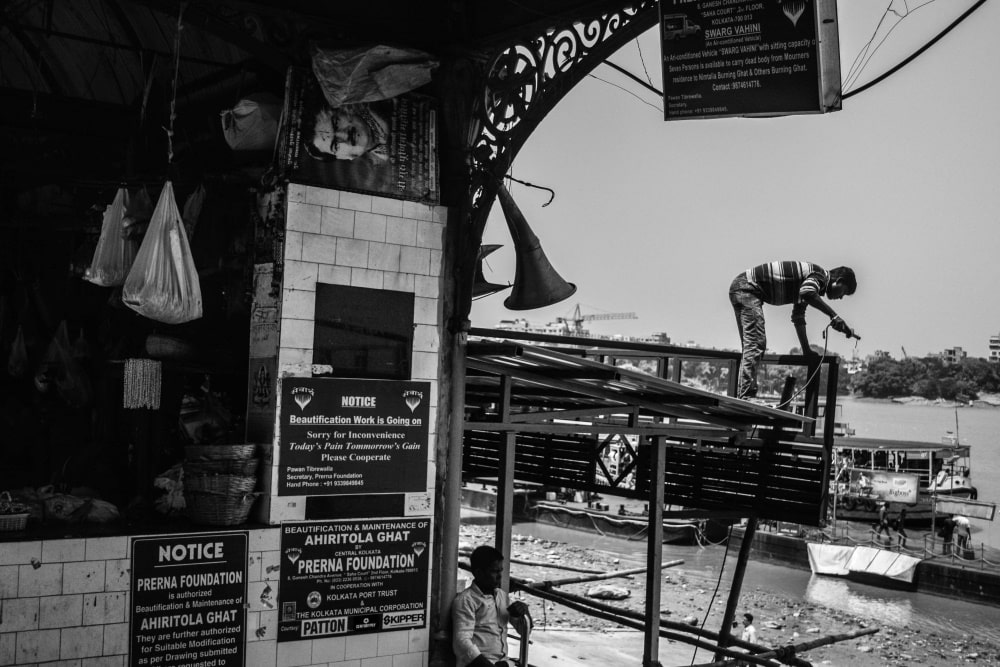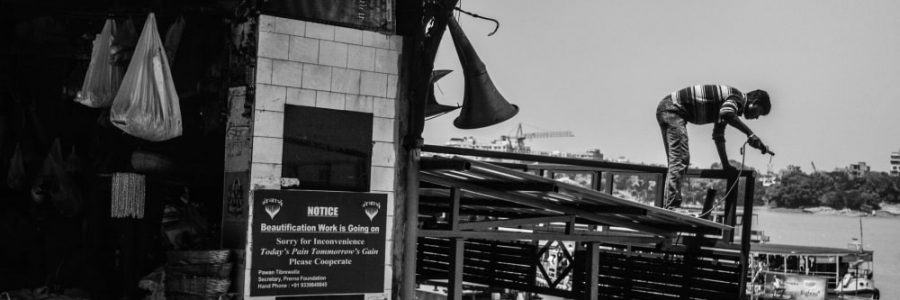Author: Sonakshi Chaudhry
Published: June 22, 2021 in the Hindu Business Line
 With the second wave of the Covid-19 pandemic, India has been battling a Hydra, with new issues emerging from the wounds of older ones. In response, the Centre and States have been working on two key points critical for our country’s recovery from the pandemic — the immediate healthcare response, and inoculation drives across the country. While the immediacy of these concerns is undoubtable, in addition to the health contours of this crisis, an equally close watch on its socio-economic aspects is essential towards designing a relief and recovery plan that is both inclusive and sustainable.
With the second wave of the Covid-19 pandemic, India has been battling a Hydra, with new issues emerging from the wounds of older ones. In response, the Centre and States have been working on two key points critical for our country’s recovery from the pandemic — the immediate healthcare response, and inoculation drives across the country. While the immediacy of these concerns is undoubtable, in addition to the health contours of this crisis, an equally close watch on its socio-economic aspects is essential towards designing a relief and recovery plan that is both inclusive and sustainable.
Reports have highlighted how different groups have been affected by the pandemic in myriad ways. A slew of measures, tailored to addressing the varying needs of these vulnerable groups, are therefore critical towards ensuring that households and families can sustain themselves through the pandemic. The announcement of the extension of the Pradhan Mantri Garib Kalyan Anna Yojana till November is a welcome step, but many more interventions like this are needed.
Need for more data
Perhaps the most fundamental first step towards pandemic relief is the collection of granular data, which can build a path to recovery. Reliable datasets will help assess deaths owing to the pandemic, reach vulnerable families such as those who have lost their primary breadwinners, plan healthcare and social expenditure, and measure adverse outcomes like school dropouts and job losses to better design policy responses. Also, while gender-disaggregated data has always been a consistent need, in light of the current situation — with mounting evidence of the disproportionate impact of the pandemic on women and girls — these datasets are critical.
The next pressing concern that we need to focus on is livelihoods. According to CMIE data, in the week ending 30 May 2021, the unemployment rate stood at 12.3 per cent, a sharp spike from 8 per cent in the month preceding it, and then inched up still further to 13.6 per cent in the first week of June.
Job schemes
This calls for a priority towards generating sustained periods of rural employment through schemes such as MGNREGA, which proved to be a vital support system for returning migrants in the first wave. For urban centres, States could also consider exploring urban employment schemes which guarantee a minimum number of days of work in urban areas. Odisha, Jharkhand, Kerala and Himachal Pradesh have already implemented such programmes.
Relief efforts must also consciously endeavour to provide support to bereaved families. This is important in light of the fact that official Ministry of Health and Family Welfare data reflects that deaths in India have crossed the 3.5 lakh mark. Support schemes have already been announced in several States such as Punjab, Jammu & Kashmir and Madhya Pradesh, among others. These schemes may also aim to provide quotas and special job counselling for individuals from families that have lost primary breadwinners, and businesses can be further incentivised to hire people from the identified families.
Innovative moves
States such as Madhya Pradesh have also introduced schemes such as Anukampa Niyukti to employ dependents of deceased government employees on compassionate grounds. Simultaneously, institutions such as old-age homes, Anganwadis, and paediatric health facilities must be strengthened to support young children and elderly people who have been left without care. State governments must find ways to collaborate with non-governmental organisations in this regard to be able to counsel impacted families according to their unique circumstances.
The negative impacts of this pandemic are intergenerational. For example, families that have lost their primary breadwinners may be forced to compromise on their long term goals to meet short term needs, children who have lost their parents may lose access to care, women who have not been able to access government services may see a drop in nutrition and institutional deliveries leading to adverse outcomes, and children — especially girls — may be forced to drop out of education altogether.
States and the Centre therefore need to proactively identify the most impacted groups and create targeted interventions to help them rebuild their lives. This has to be done through robust data collection, a focus on livelihoods, and the creation of resilient social infrastructure. Combatting this behemoth needs collective, effective responses, planning not just for current requirements but also taking a long term view towards the impact of the pandemic on people’s lives.
